Optimal Timing for Landscape Grading
Proper timing for landscape grading service ensures optimal results and longevity of the landscape. The best periods typically align with specific seasonal conditions that facilitate effective grading and soil stabilization. Understanding these optimal times can help maintain landscape integrity and prevent issues such as erosion or poor drainage.
Spring is ideal for landscape grading as soil is moist but not overly saturated, allowing for effective reshaping and settling before the growing season begins.
Late summer and early fall provide stable soil conditions, making it suitable for grading before winter weather sets in.
Immediately after construction projects, grading helps to correct any uneven surfaces and establish proper drainage.
Performing grading prior to planting ensures a well-drained, level bed that promotes healthy root development.
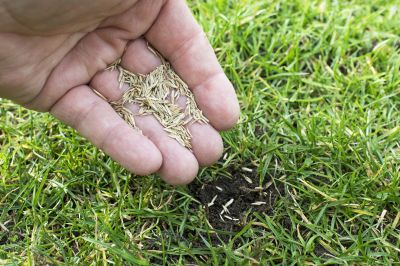
Effective grading during spring prepares the landscape for the upcoming growing season.
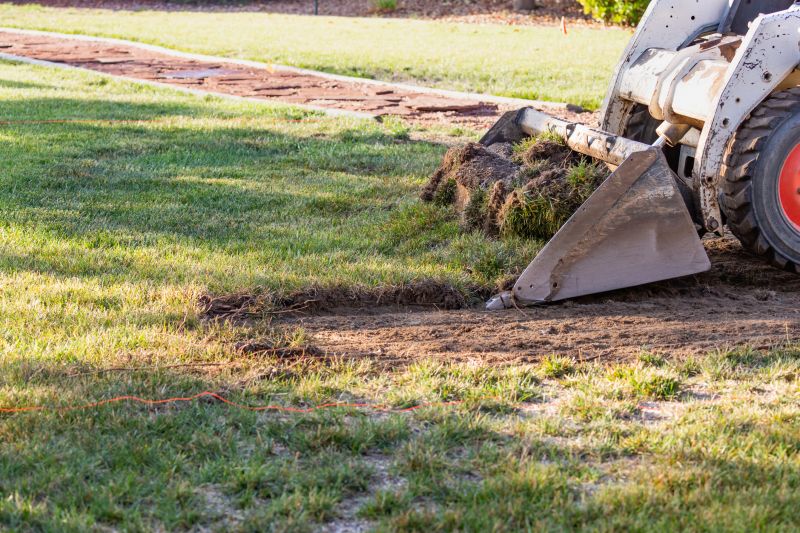
Grading in late summer helps stabilize soil before winter.
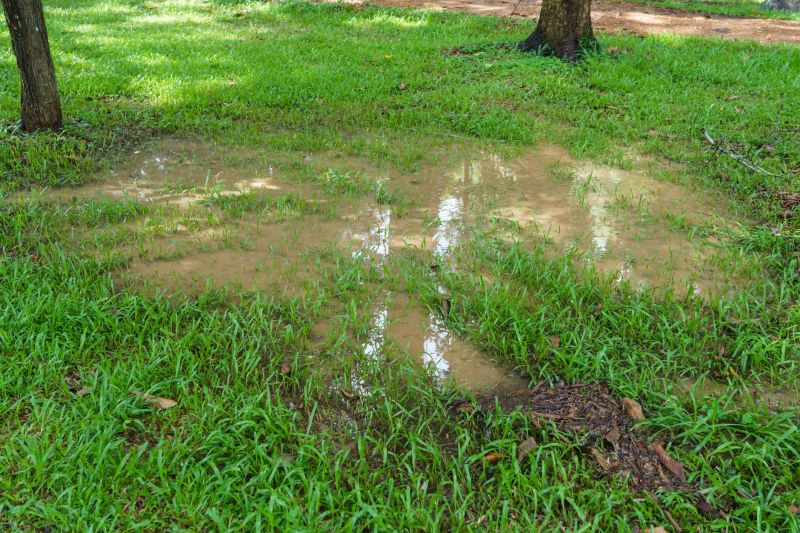
Ensures proper drainage and surface leveling after construction.
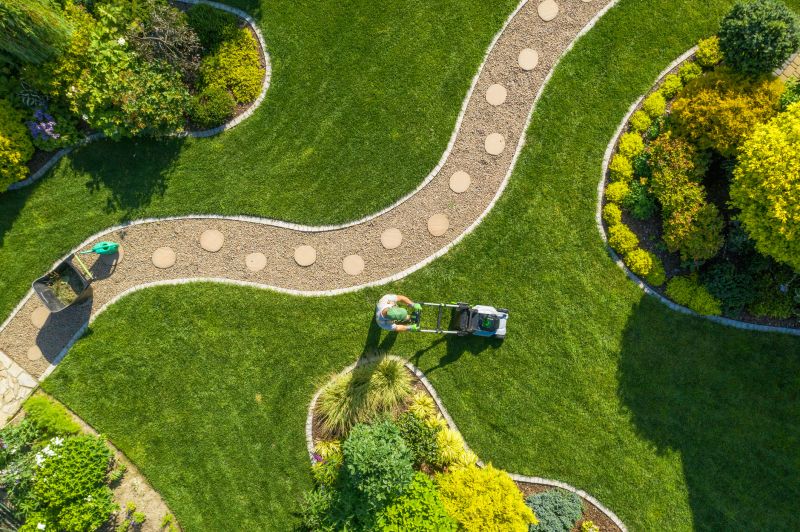
Ways to make Landscape Grading Service work in tight or awkward layouts.
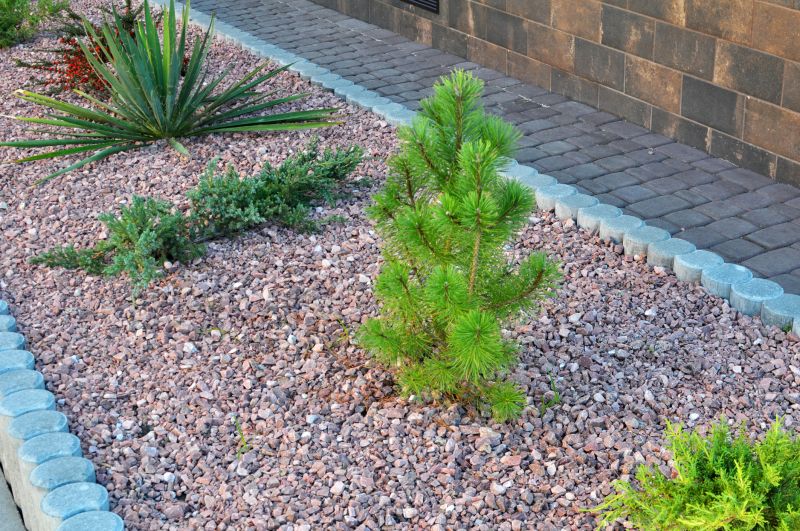
Popular materials for Landscape Grading Service and why they hold up over time.

Simple add-ons that improve Landscape Grading Service without blowing the budget.
| Season/Timing | Optimal Conditions |
|---|---|
| Spring | Soil is moist, workable, and ready for grading before plant growth begins. |
| Late Summer/Early Fall | Soil is stable, and grading can be completed before winter. |
| Post-Construction | Immediate after construction for surface leveling and drainage correction. |
| Pre-Planting | Allows for proper soil preparation for planting beds. |
| Avoid | Freezing temperatures and soil that is too wet or frozen. |
| Ideal for | Establishing proper drainage, correcting slopes, and preparing landscapes. |
| Not recommended | During heavy rain, snowmelt, or when soil is saturated. |
Landscape grading service involves reshaping the land surface to improve drainage, prevent erosion, and establish a stable foundation for landscaping. Proper grading enhances the aesthetic appeal and functionality of outdoor spaces by directing water away from structures and creating a level or gently sloped terrain. It is a crucial step in landscape development, especially following construction or major landscaping projects.
Statistics indicate that performing grading during the optimal seasons can extend the lifespan of landscaping features by reducing soil erosion and water damage. Properly graded landscapes are less susceptible to flooding and pooling, which can cause long-term damage to plants and structures. Timely grading also minimizes the need for future corrective work, saving time and costs.

Proper grading creates effective drainage pathways to prevent water pooling.

Adjusts slopes to reduce erosion and improve stability.

Prepares a flat surface for lawn installation and other landscaping features.

Ensures soil remains in place and supports plant growth.

High-end options that actually feel worth it for Landscape Grading Service.

Finishes and colors that play nicely with Landscape Grading Service.

Little measurements that prevent headaches on Landscape Grading Service day.

A 60-second routine that keeps Landscape Grading Service looking new.
Individuals interested in landscape grading services are encouraged to contact for further information or to schedule an assessment. Proper timing and execution of grading can significantly enhance landscape durability and appearance, making it a vital component of outdoor space management.
